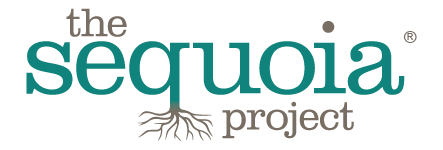Framework Supports Comprehensive Connectivity for Entire Healthcare Continuum Across Any Technology Platforms
McLEAN, VA. (December 7, 2015) – Carequality today announced publication of the Carequality Interoperability Framework. The comprehensive Framework consists of multiple elements, including legal terms, policy requirements, technical specifications, and governance processes, which operationalize data sharing under the previously approved Principles of Trust. The Framework is now available for health information exchange networks, vendors, payers, and others across the healthcare ecosystem to adopt, providing a practical approach to unlocking previously unseen levels of connectivity.
“We need secure health information exchange, where a patient’s story travels with them, to provide safe, efficient, engaged, high quality healthcare,” said Dr. Matthew Eisenberg FAAP, medical informatics director of analytics and innovation at Stanford Health Care and co-chair of the Carequality Advisory Council. “This can no longer be accomplished in just one health system, one region or even one network, it must be available everywhere. It has been exciting and humbling to work with Carequality, and so many inspiring people from across the health care ecosystem, to build a new framework of trust and share technical best practices so that health information can move wherever we go and our patients go in the pursuit of better health for all.”
Until now, health information exchange was preceded by one-off legal agreements between individual data sharing partners, which involved lengthy and costly negotiation and inconsistent experience in quality and quantity of data exchanged. Now organizations who adopt the Carequality Interoperability Framework can establish data sharing partnerships more quickly and uniformly than ever before, by leveraging existing networks and business relationships. Many physicians already are members of a health information exchange (HIE), or have access to connectivity through a vendor or service provider. The Framework allows these existing operations to access one another, with the potential to dramatically increase connectivity across healthcare, including provider organizations, payers, government agencies, and more.
The initial roll-out of data sharing under the Carequality Interoperability Framework is led by 12 pioneering organizations, who played a key role in development of the entire Framework, but particularly the legal terms. The initial roll-out focuses first on query-based exchange of clinical documents, but the Framework was developed to support an unlimited variety of use cases.
“The beauty of the Framework is that it’s general; it can be applied to any type of content, and any technical architecture,” said Dave Cassel, director of Carequality. “We’re starting with document queries because those capabilities are widely supported in the field, but that’s obviously not the last word in interoperability. The Framework provides the governance and trust foundation required for any type of widespread connectivity in healthcare.”
“We know that interoperability is critical to coordinated care which improves patient experience and patient outcomes,” said Dr. Michael Hodgkins, vice president & chief medical information officer of the American Medical Association, and chair of the Carequality Steering Committee. “The development and adoption of the Carequality Interoperability Framework is key to enabling coordinated care for patients nationwide.”
Many individuals and organizations had a hand in the development of the Framework. Carequality thanks the members of its Query Work Group, Trust Framework Work Group, Advisory Council, and Steering Committee for their contributions, and Troutman Sanders LLP for their legal support.
